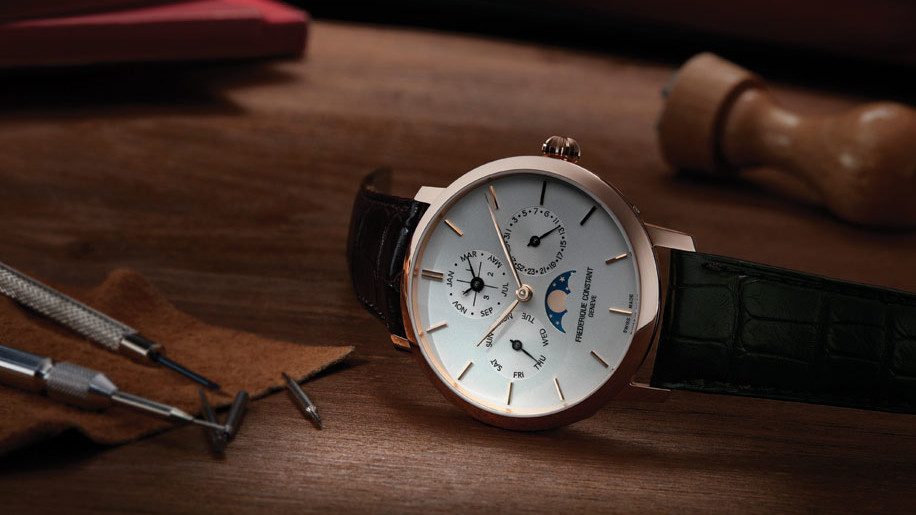
Whether you already own a watch for every day of the week or are still strolling the streets bare-wristed, there are certain strategies you should take when building and curating your watch collection, according to a panel of watch industry experts.
Speaking at an event at The Upper House hotel in Hong Kong in November, Tay Liam Wee, the co-founder and chairman of Watchbox, says a watch collection is something incredibly personal.
“A watch in itself is really an expression of your own personality, your style and your philosophy, and what you like and don’t like,” he says, adding: “With every different person it’s their own story.”
Here are five tips from the experts on how to build and curate your watch collection:
1: Seek a specialist
Tim Bourne, international director of watches, Asia at British auction house Bonhams, says every auction house has several specialists and you should seek to build a relationship with one of them.
“A specialist will almost become your own personal adviser and so forth, and he can help you almost sculpt the way you want to build your collection,” says Bourne.
Collections can be developed in many different ways, he adds. Some people will start by buying a particular brand, while others will want to focus on a particular type of watch, such as chronographs. The key is to have a structure and focus on how you plan to put your collection together.
Carson K. Chan, head of mission, Asia at Fondation de le Haute Horlogerie, thinks that having direction in your collection is “paramount”.
“There is no black or white. I can’t teach you what is the right direction – but you should have one. I think one way is speaking with an auction house, with an expert who can shed some light into this area,” he says.
2: Build a relationship with suppliers
If you intend to add more limited-edition watches to your collection, you will need to start building your relationship with your desired brand now.
“If you’ve never purchased anything and you call them, they’ll say they can’t help you,” says Chan.
“It’s kind of like going to Ferrari and saying: ‘I want the brand new one’. They’re going to ask you: ‘What is your Ferrari resume?’”
3: Pleasure must come before investment
Bonhams’ Bourne says that although “investment” used to be considered a “dirty word” in the watch auction business, more and more people are buying watches as investments these days.
“Investment is very important in our business and people want to have that guidance,” he says.
However, investment should certainly not be the primary goal of building your watch collection.
“Overall, what we like to see is that people build a watch collection through their own passion. It’s an extension of their personality and character and that is the most important thing,” Bourne says.
Foundation de le Haute Horlogerie’s Chan says that those who do buy watches as investments tend to be very experienced and have been collecting watches for years.
“For someone who has just gotten into it, it’s going to be very challenging for you to start your first year and you’re thinking about investment. I think having fun and actually wearing the watch is the most important thing when you start collecting it,” he says.
4: Don’t be afraid to let go of watches you no longer wear
Once you have accumulated a collection of watches and held them for some time, you may fall out of love with some of the pieces in your collection, says Watchbox’s Tay. Something that appealed to you 10 years ago may now be sitting gathering dust.
“[Out of the] customers that we sell to, some have six in their collection, some have 60 in their collection and some have 600 in their collection – it’s mind boggling, but this is the reality,” he says.
“When all these customers have bought so many of these watches, what do they do with them? At different stages, people have different motivations. Sometimes they want to recurate their collection. They want to get out of things they don’t like any more.”
5: Valuing your watch
Those new to watch collecting may not realise the huge number of factors that come into play when determining the value of a watch.
“There are so many slight variations of particular types of dials, crowns, the actual case dimensions – and all these factors actually culminate in whether a watch is highly valuable, or just a little bit valuable,” says Bourne.
“It’s a very, very detailed subject and I think that’s almost why it has become so fascinating to everybody: there’s such diversity. There’s such little minutiae in understanding why one watch is different in value to another one, and it’s something that will stimulate many, many collectors.”












